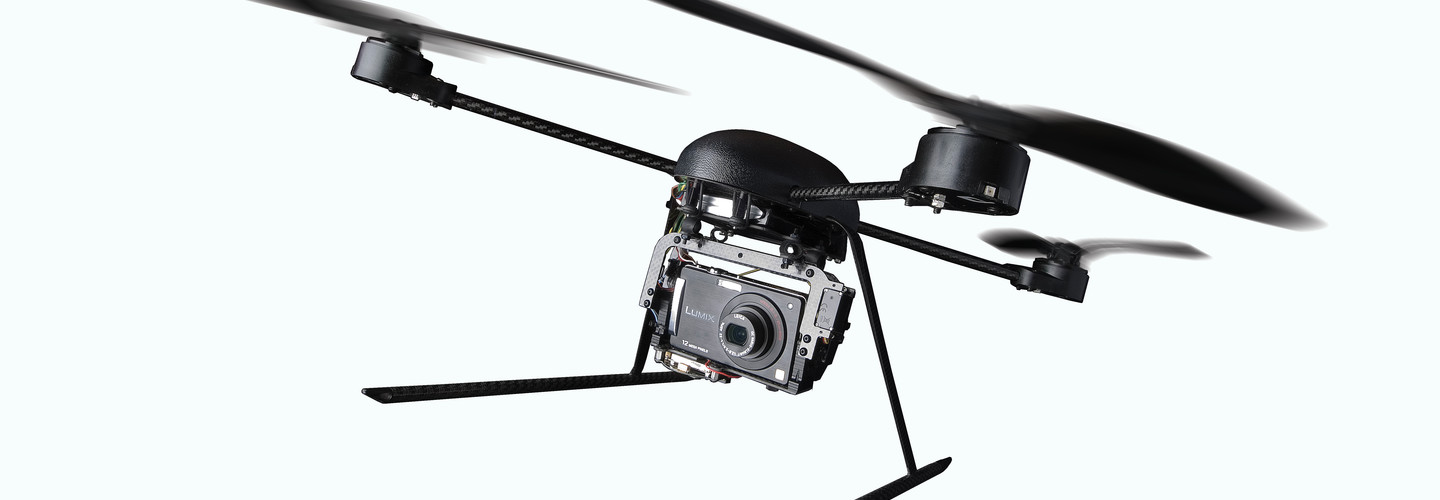Drones Aid Search and Rescue Operations
Early adopters of drones in local law enforcement have garnered heightened interest in their programs in light of the Federal Aviation Administration’s five-year roadmap for integrating unmanned aerial vehicles (UAVs) into U.S. airspace.
The FAA first authorized UAVs in 1990 for disaster relief, search and rescue, military training, border patrol and other missions deemed to be in the public interest. Last November, the agency released an overview of how it will develop guidelines for safely adding drones to the skies shared with commercial aircraft.
The Costs of Unmanned Operations
Mesa County, Colo., procured two UAVs in 2009 — a $55,000 small, fixed-wing system from Falcon and an $18,000 Draganfly Innovations four-blade multicopter. “Taking photos is nothing new, but taking photos from the air is,” says Ben Miller, unmanned aircraft program manager for the Mesa County Sheriff’s Office.
The number of UAV authorizations issued to law enforcement, military and other applicants in 2013, up from 146 in 2009
The county’s drones have paid for themselves many times over. To search for a missing person, Mesa County flies the fixed-wing vehicle, which is hurled into the air like a football, for roughly $25 per hour. By comparison, the U.S. Department of Justice pegs the cost of operating a manned aircraft at $1,000 per hour.
In Texas, the Arlington Police Department has two Leptron Avenger robotic minicopters that cost $202,260 each, says Lt. Christopher Cook. The department used the UAVs for the first time last year to gather forensic information above the site of a fatal traffic accident. In addition to deploying the drones to send footage from natural disaster sites or crime scenes, the department uses them for twice-monthly training.
Small, Unmanned Wonders
Those who have experimented with UAVs say the smaller devices often suffice.
“The most likely missions UAVs would perform could be accomplished in 25- to 40-minute sorties,” says Capt. Leonard Montgomery of the North Little Rock, Ark., police department, who notes that UAV options are now more plentiful.
That’s in line with Mesa County’s practice of using its multicopter for aerial photography over crime scenes and accident sites, Miller says. Any mission that’s “dull, dirty or dangerous” is often tailor-made for the UAVs, which fly about 25 missions per year for his office.
The knowledge these public-safety agencies have acquired is illustrative, says Keven Gambold, chief operations office for UAV training company Unmanned Experts. “It’s not just about getting a task done; it’s about integrating that vehicle into the national airspace,” he says. “It’s about understanding communications with local air traffic control.”
In recent years, the FAA has sought to streamline the process by which Certificates of Authorization or Waiver (also called COAs) are granted, says Alison Duquette, agency spokeswoman. In the event of a forest fire, the FAA can issue a COA in a few hours, but most are processed within two months.







